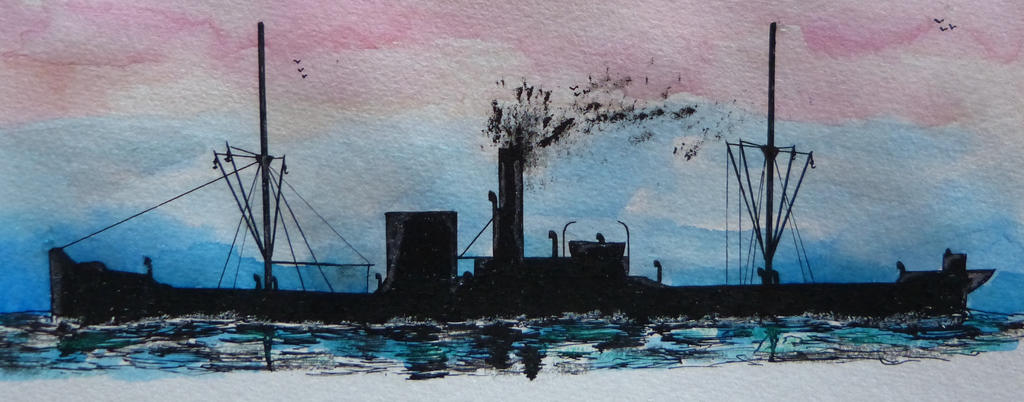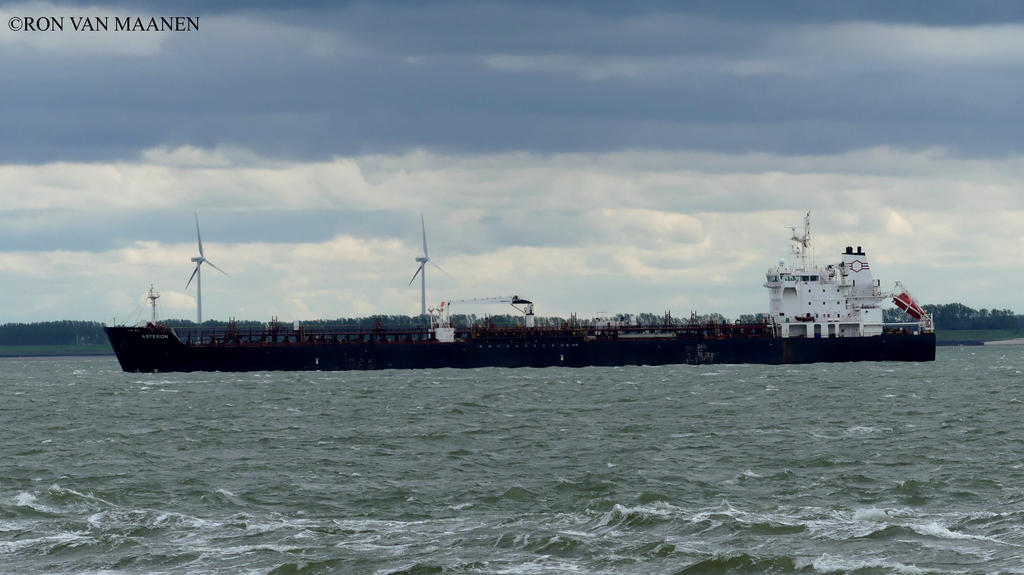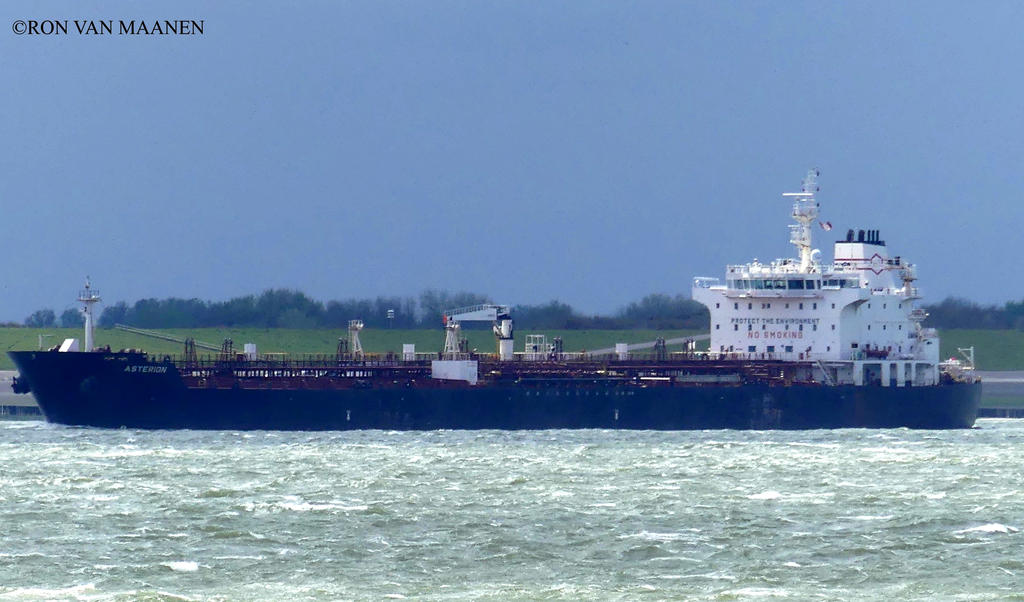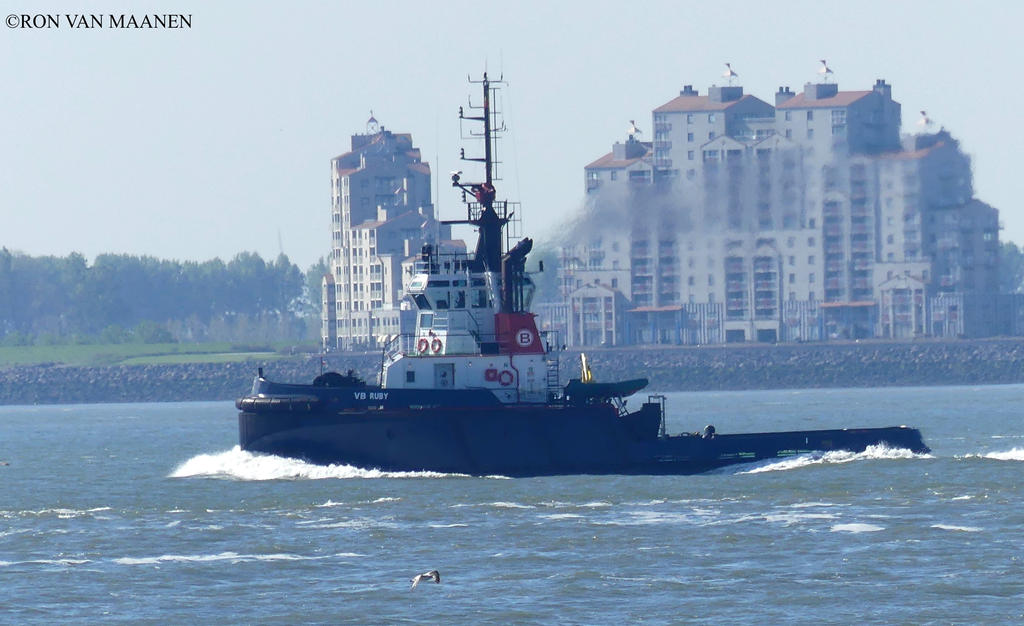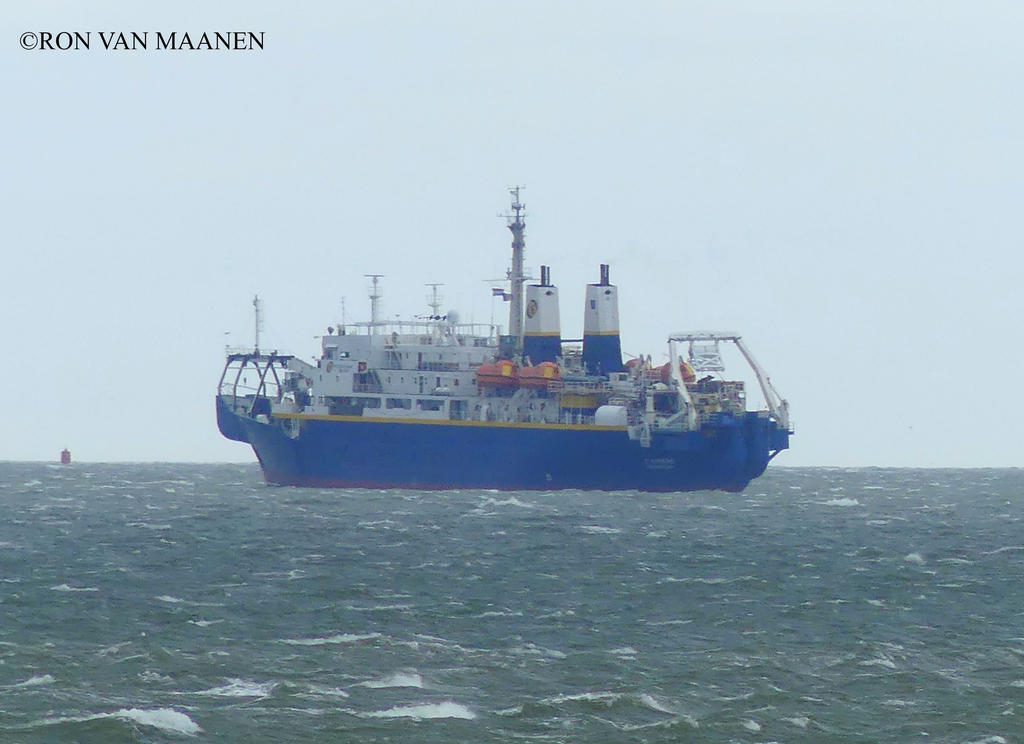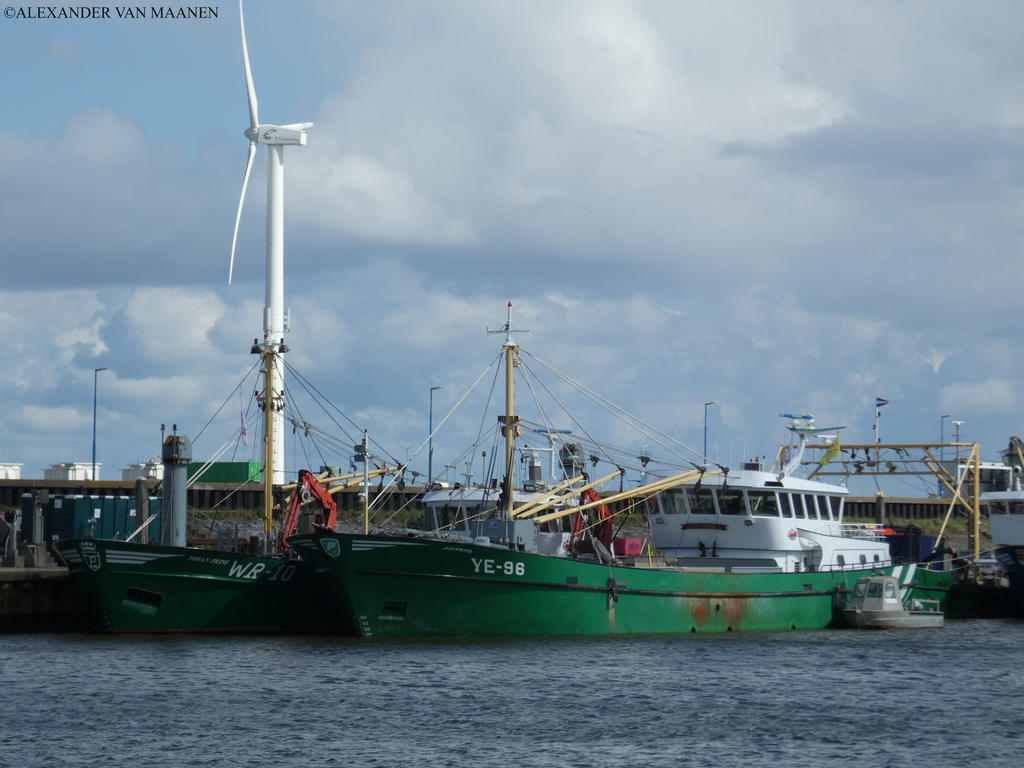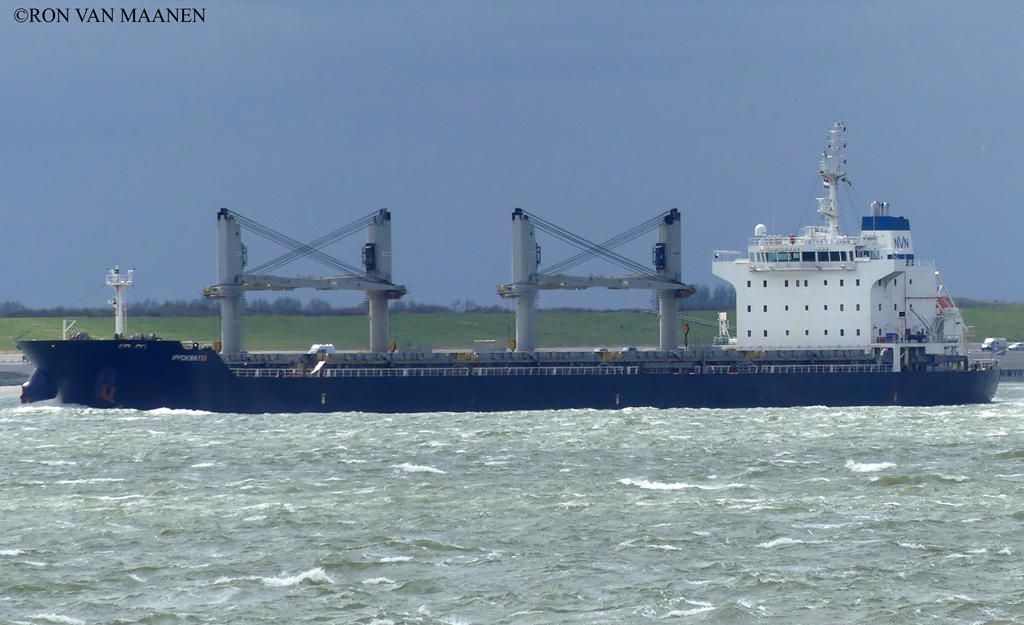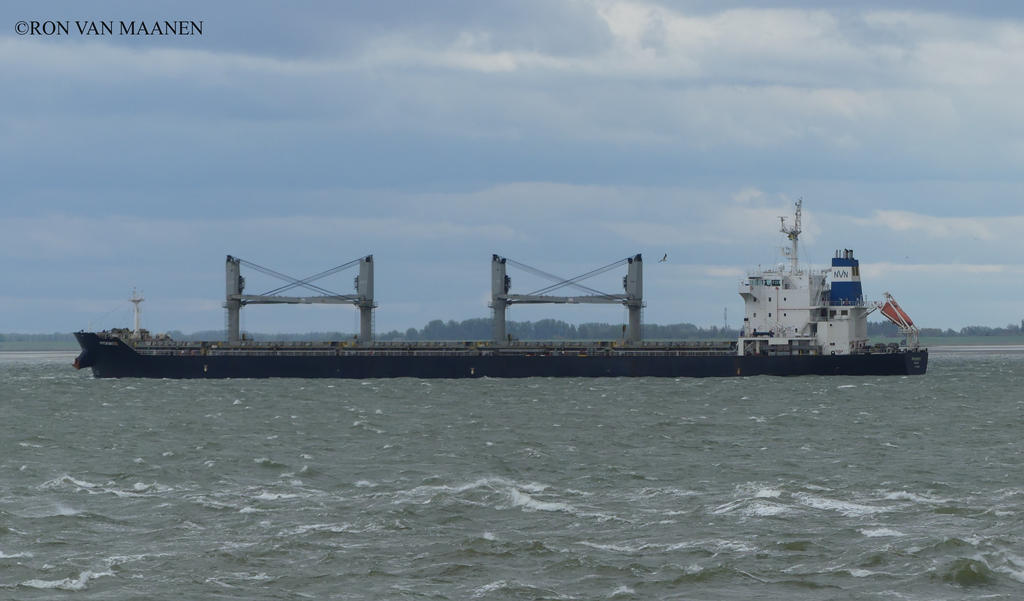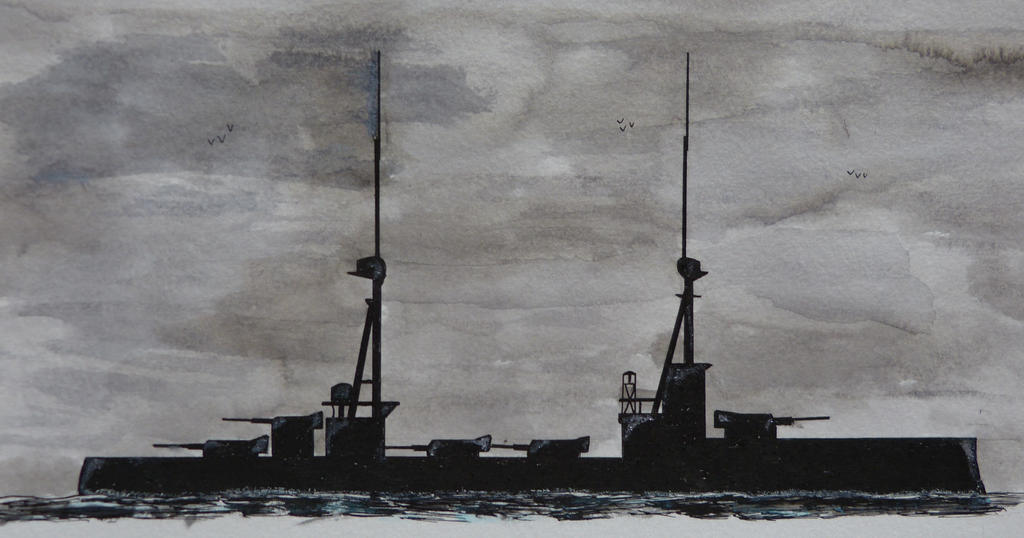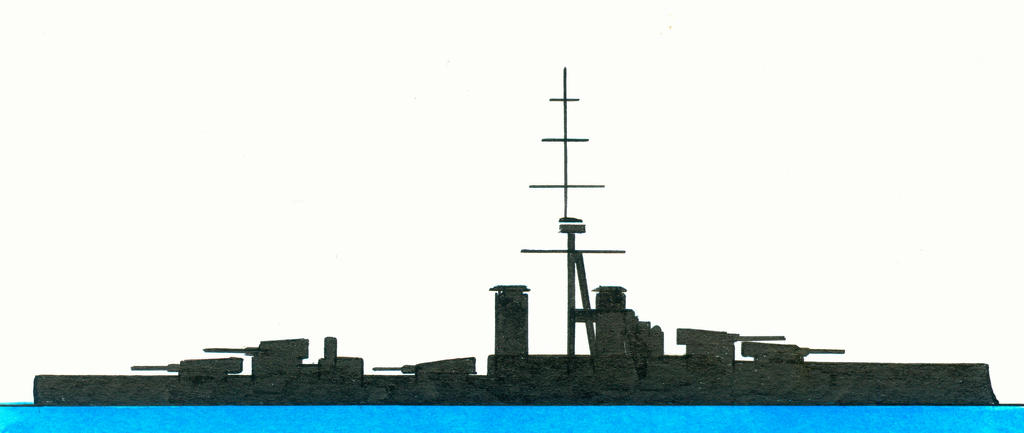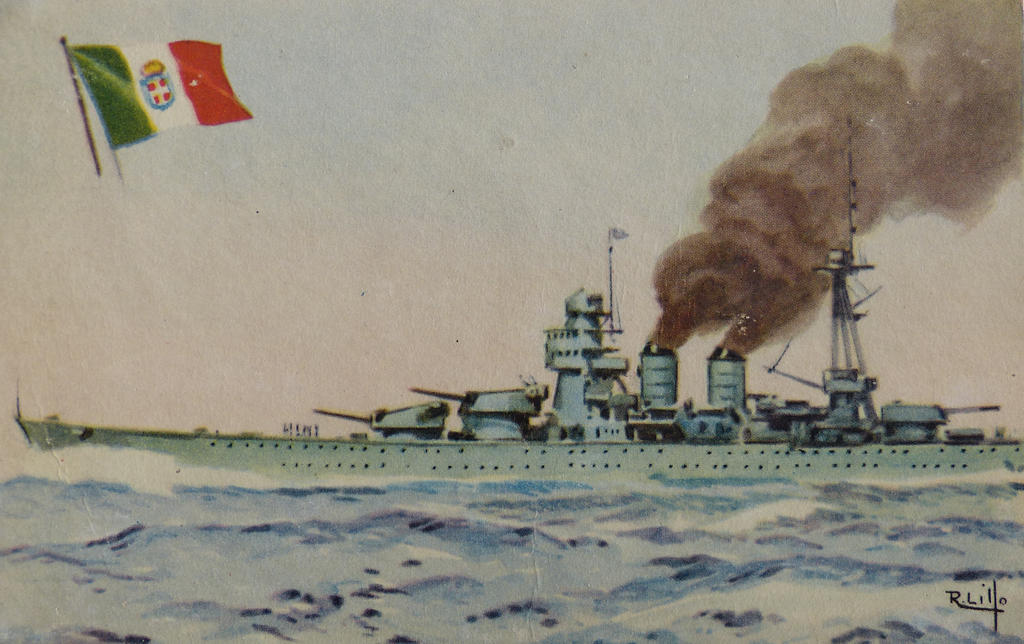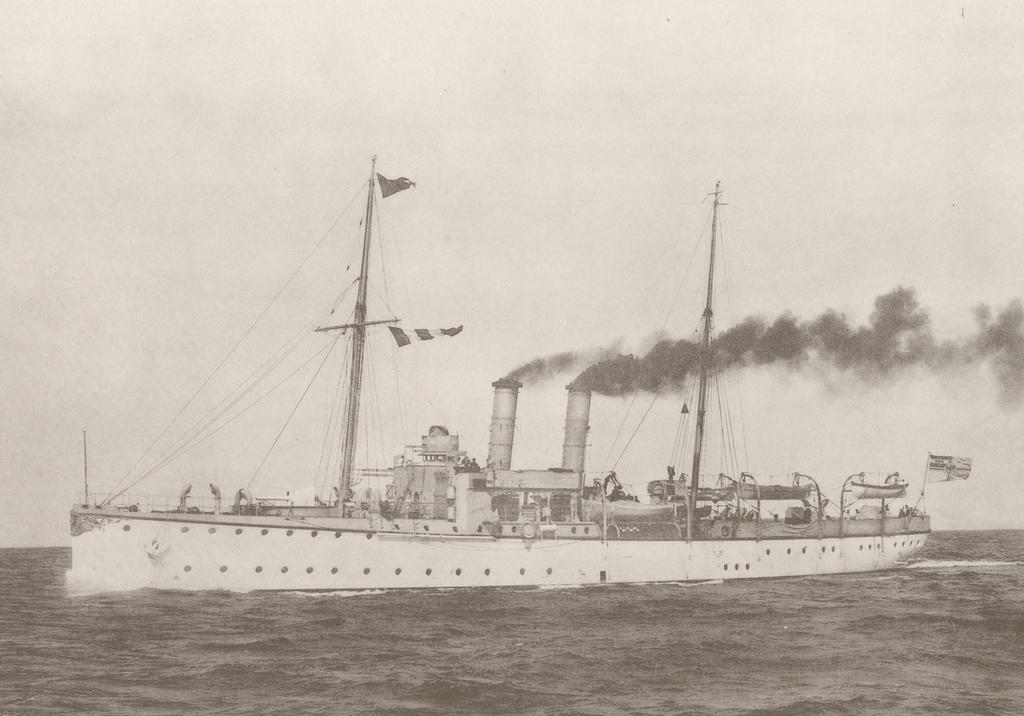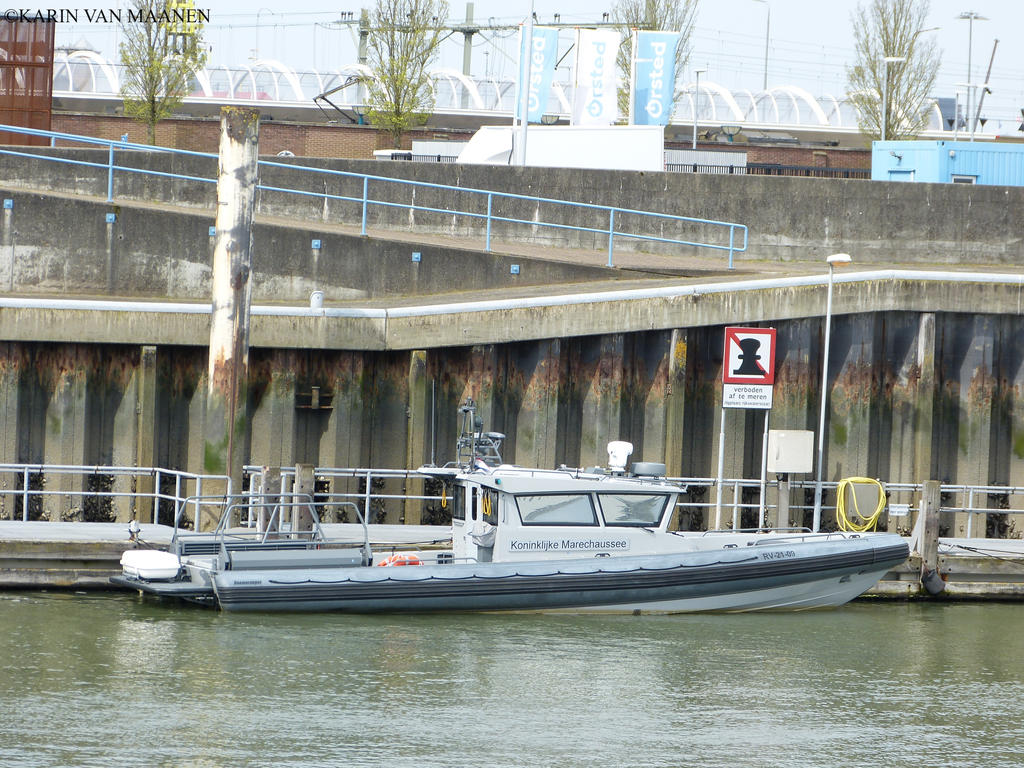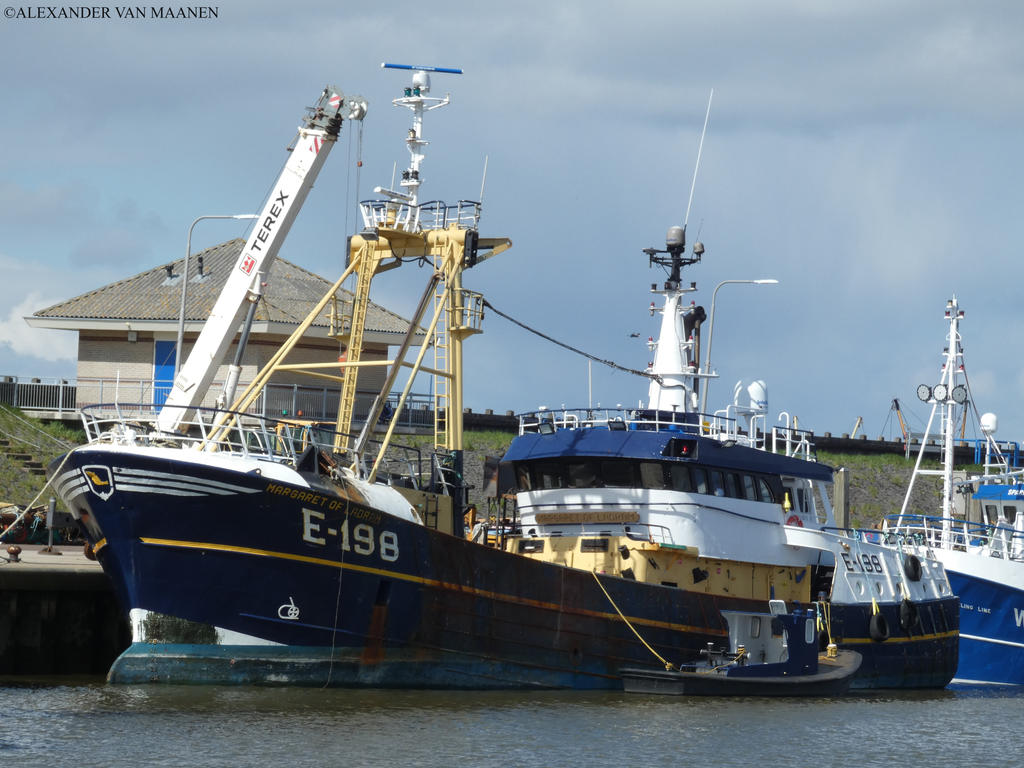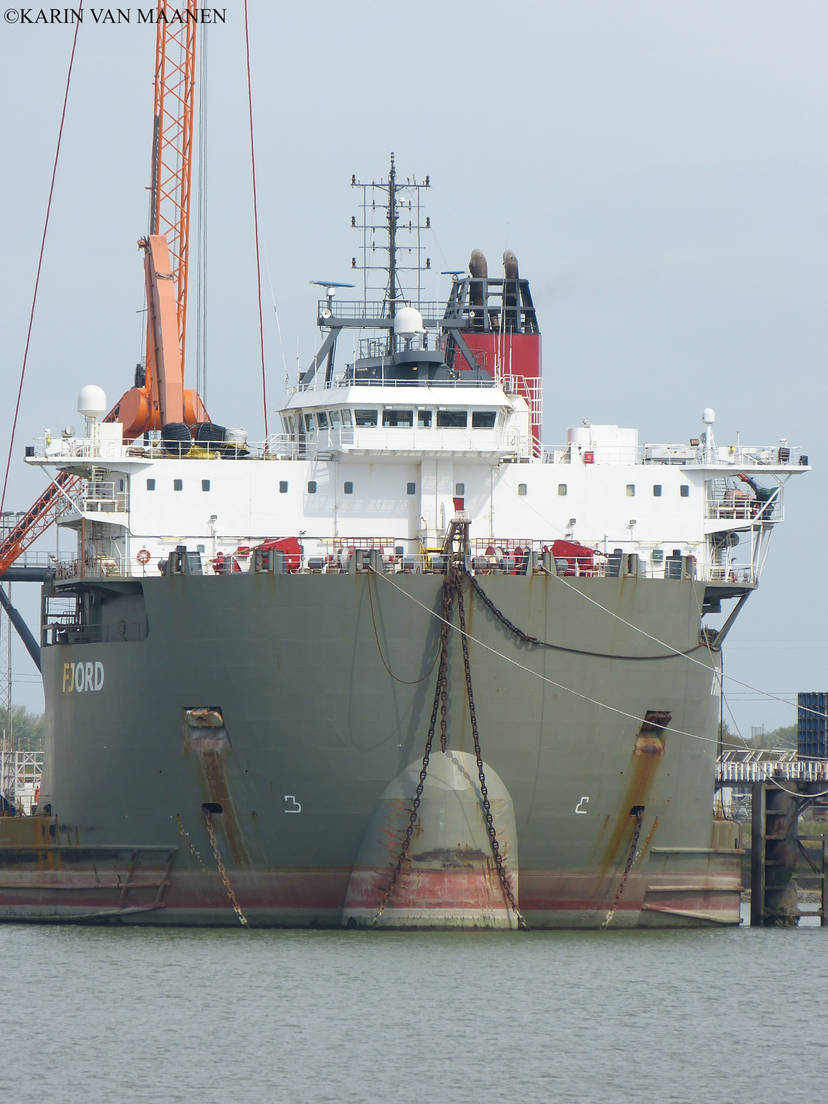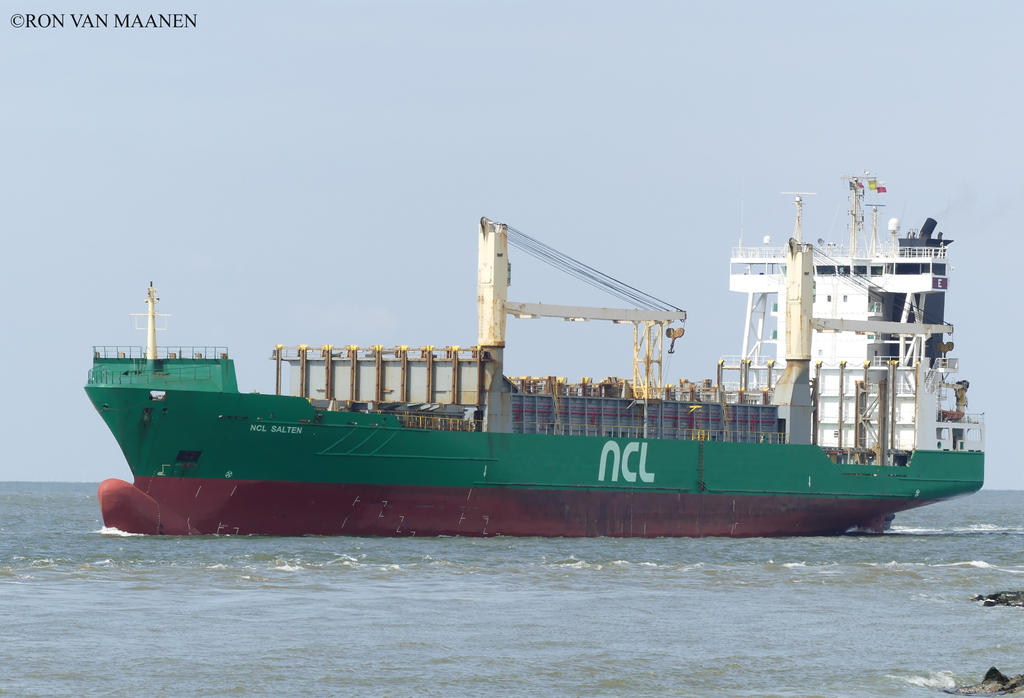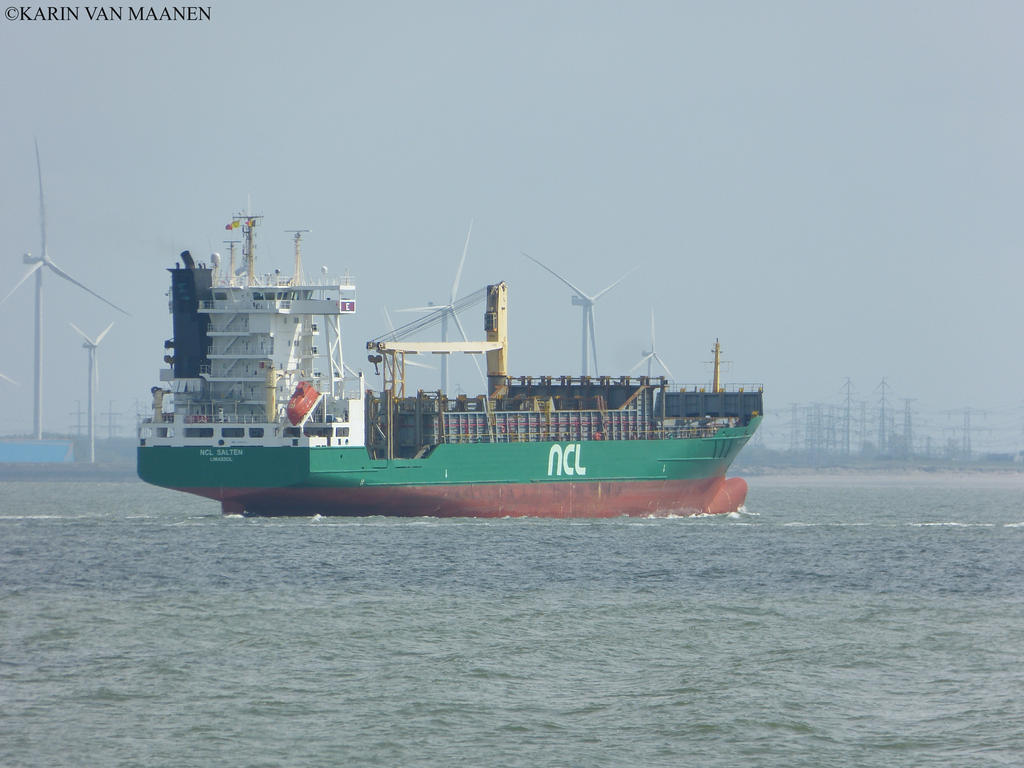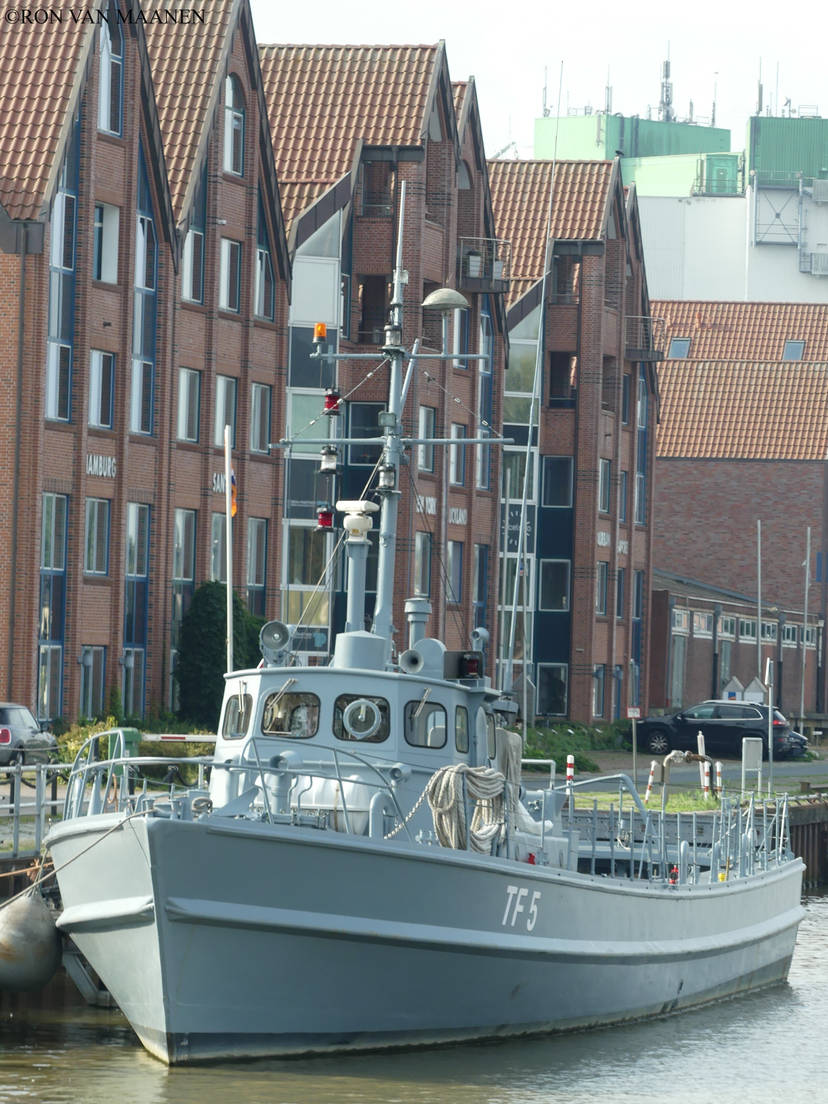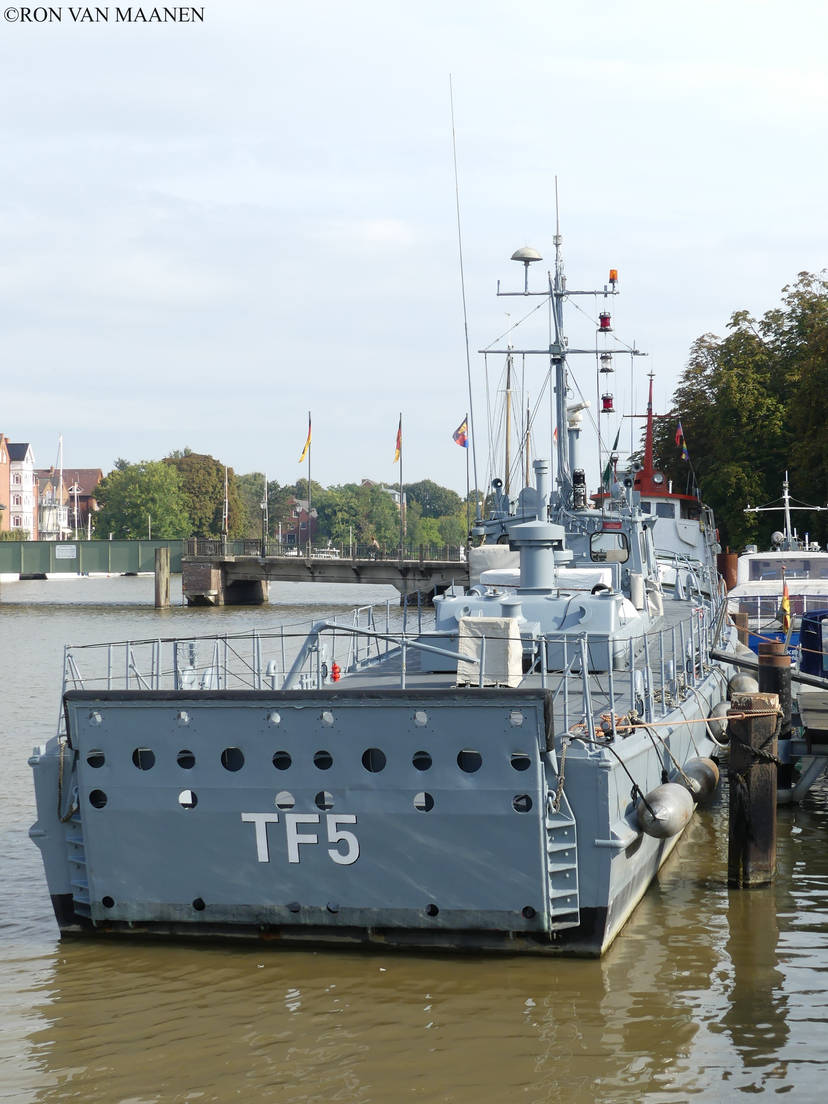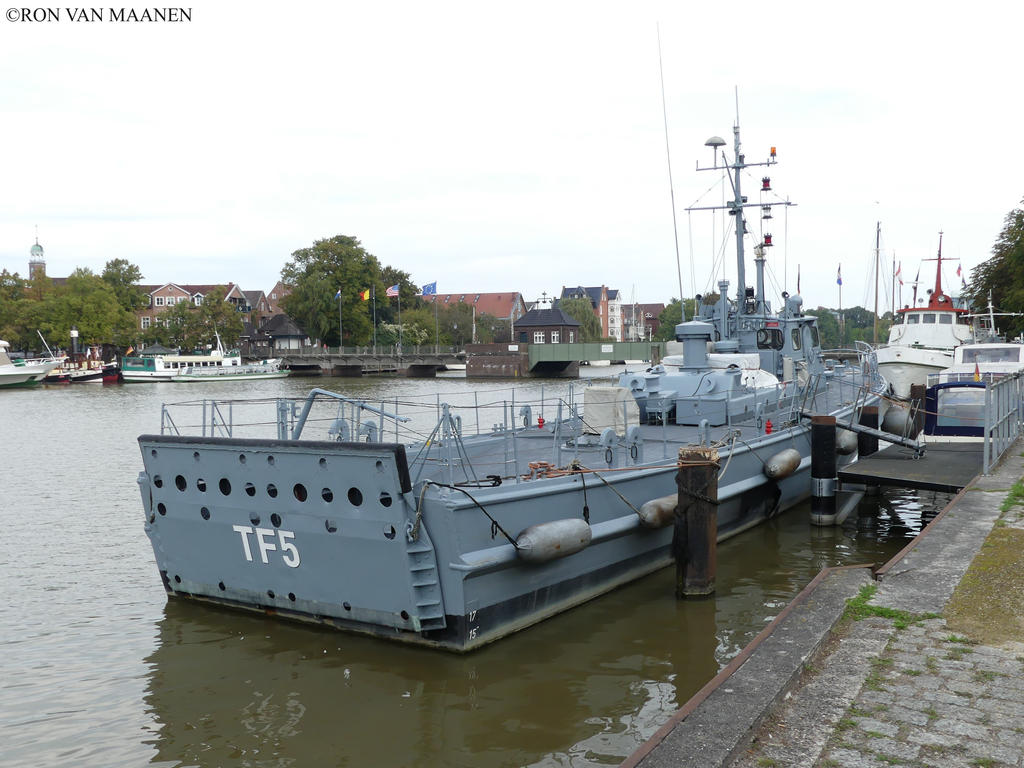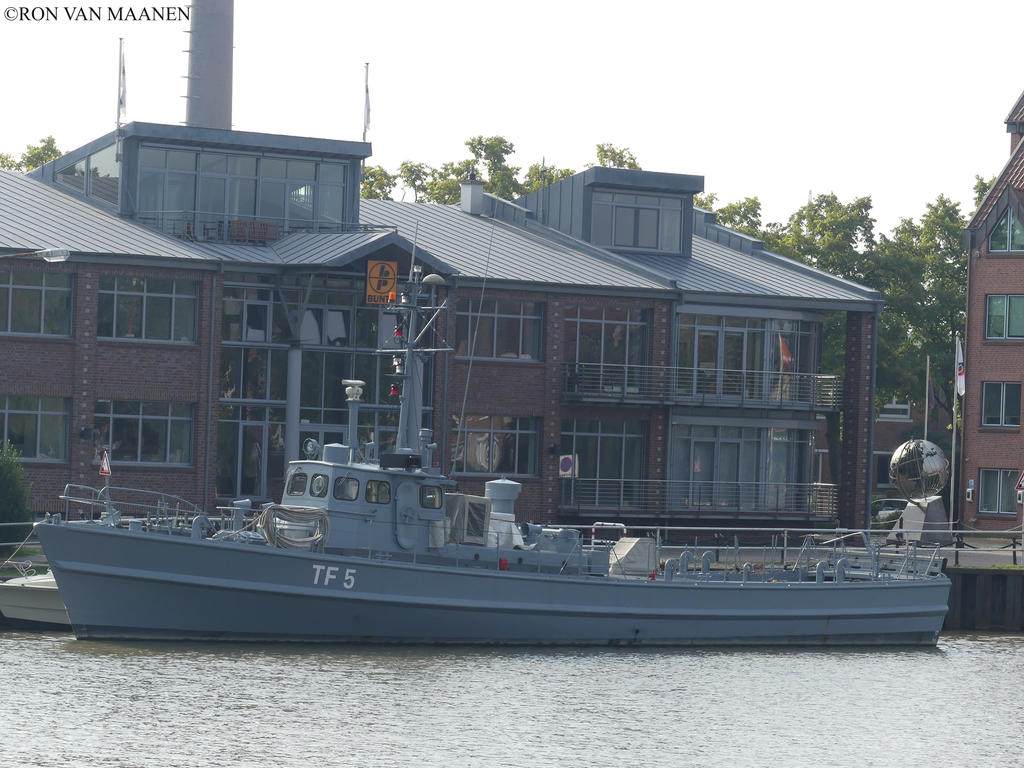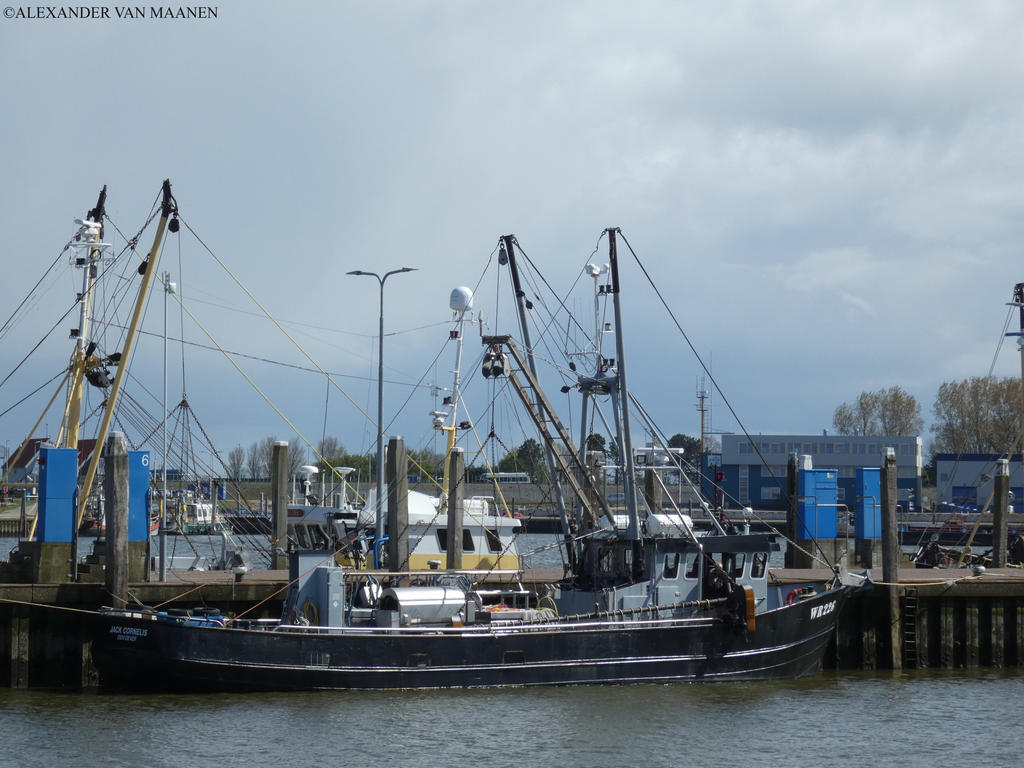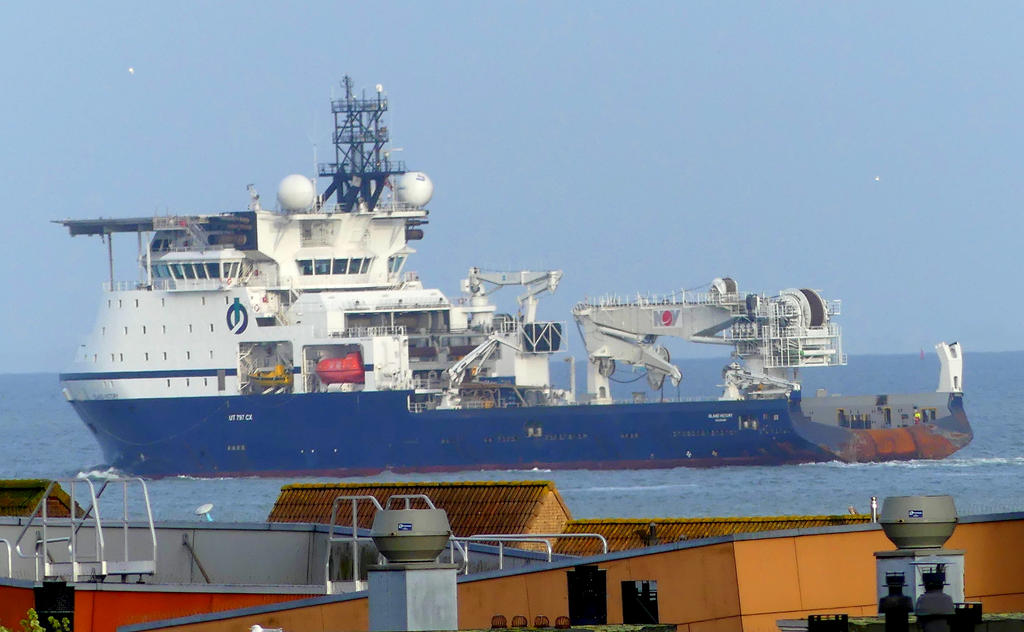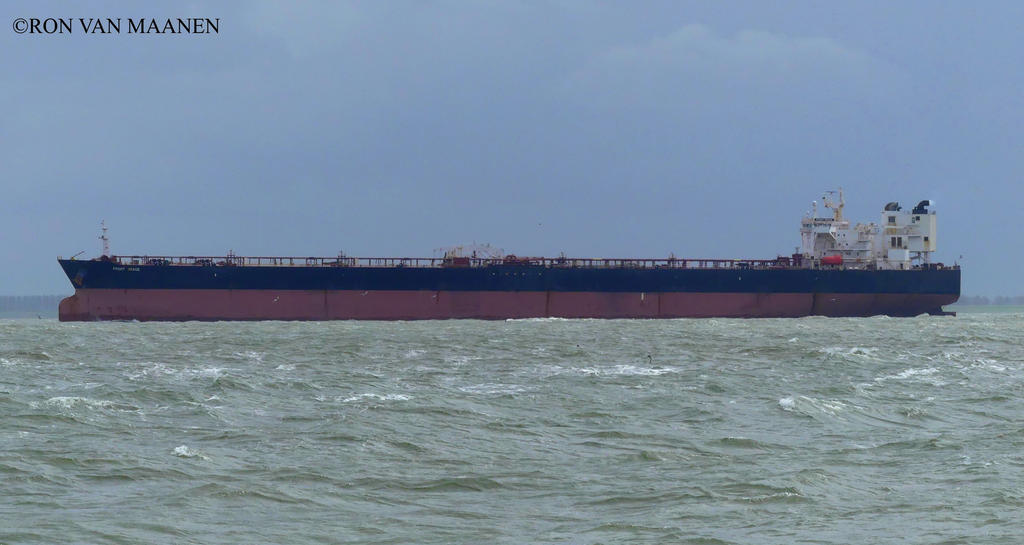American Sea Control Ship mid 1970s design
Smaller air-capable sea control ship designed to operate helicopters and V/STOL aircraft. Fuel weight 1,444 LT. Dimensions 609.0 x 78.5 x 22.8 x 51.9 x (freeboard) feet. Range 5,200 (at 30 knots)-2,400 (at 50 knots) nautical miles.
Performance of a representative DFM-fuelled sea control ship (SCS) in 1975. Smaller air-capable sea control ship designed to operate helicopters and V/STOL aircraft, displacement light 14,000 tons. Dimensions 612 (waterline) x 78.9 (waterline) x 22.6 (ship draft) x 52.8 (ship freeboard) feet. Propulsion 1 screw. Horsepower 40,000 hp. Maximum speed 27 knots. DFM fuel weight 1,320 LT. Cruising speed 20 knots. Range at cruising speed 12,000 nautical miles based on 10 percent fuel reserve rounded to nearest 50 nautical miles.
Sea control ship (SCS) general applicable for the next specific warfare areas:
ASMD=self protection against anti-ship missiles
ASW (P)=force protection against subsurface threats
AAW=fore attribution of airborne threats
ASUW=warfare against surface ship threats
ARW=strike warfare using carrier-based tactical air
EW=electronic warfare
CAC=command, control and communication
CDS=combat direction systems
SURV=surveillance
MIW=mine warfare
SPW=special warfare
Principal mission characteristics
Mission: sea control task force defense
Duration in day: 24.6
Range in nautical miles: 12,1000
Mission description: escort of task force to/from operation area. Five days in operation area. Continuous VSTOL and ASW helo stations maintained in transit and op area
Ship operational parameters
Days in transit: 19.6
Transit day profile hours: 8
Transit day profile in knots: 24
Transit day profile in nautical miles: 192
Days in op area: 5?
Op area day profile in hours: 4
Op area day profile in knots: 24
Op area day profile in nautical miles: 9
Total time at speed in hours: 312
Total time at speed in knots: 24
Ship operational parameters
Days in transit:
Transit day profile hours: 16
Transit day profile in knots: 20
Transit day profile in nautical miles: 320
Days in op area: 5
Op area day profile in hours: 20
Op area day profile in knots: 16
Op area day profile in nautical miles:320
Total time at speed in hours: 100
Total time at speed in knots: 16
Number of embarked aircraft: 10 VSTOL-10 Helo ASW
Sorties per aircraft-day: 2.0 both types
Hours per sortie: VSTOL 1.44-Helo 4.0
Number of aircraft flying per day transit: VSTOL 9-Helo 6
Number of aircraft flying per day op area: VSTOL 9-Helo 3
Source
Hydrogen. Hearings before the subcommittee of energy research, development and demonstration of the committee on science and technology U.S. House of Representatives. Ninety-fourth congress, first session June 10 and 12, 1975, p. 1027 and further.

